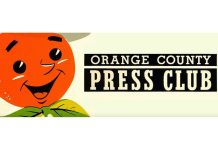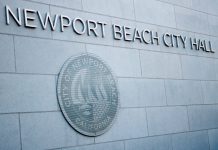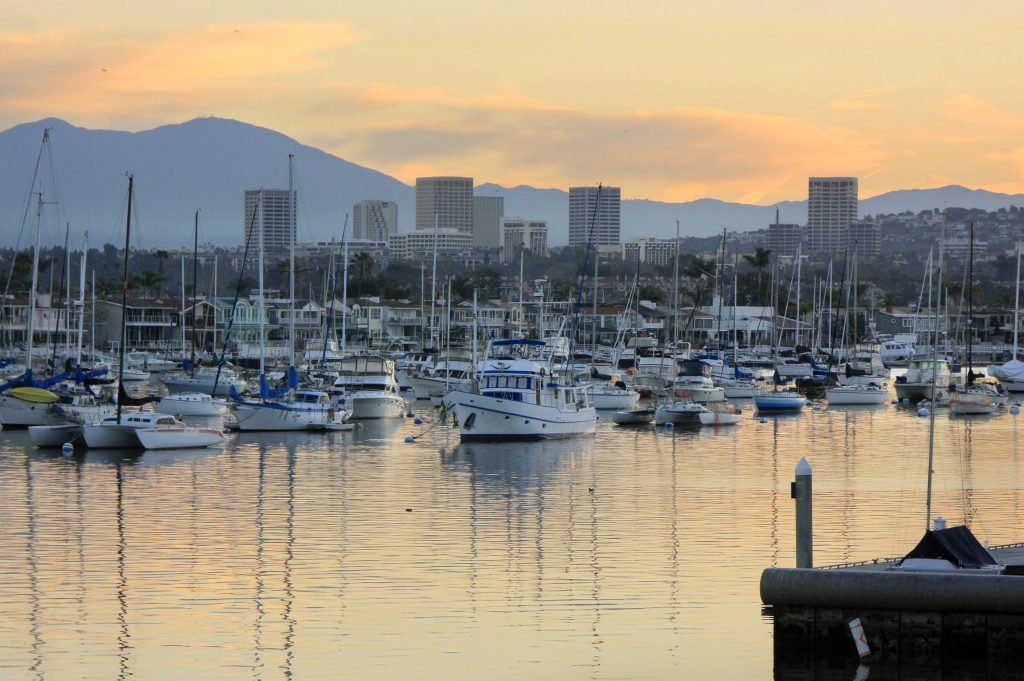
— Photo by Sara Hall ©
During the second round of discussions about revising Title 17 of the Newport Beach Municipal Code, or, the Harbor Code, a group of boaters, residents, and mooring permitees shared opinions, ideas, and concerns on a number of topics.
As part of their ongoing effort to update the city’s Harbor Code, Harbor Commissioners and city staff hosted the community meeting Monday at Marina Park on the Balboa Peninsula to gather input from the community related to the code that governs Newport Harbor.
“We’re taking each and every comment that’s made very seriously,” said Harbor Commission Chair Bill Kenney.
The Ad-Hoc Committee tasked with reviewing Title 17, and holding several community meetings in the process, consists of Kenney and his fellow commissioners Paul Blank and Don Yahn. Harbormaster Kurt Borsting and Assistant City Manager Carol Jacobs also helped run the meeting on Monday.
Monday was the second of a series of meetings aimed at updating the harbor code.
On Monday and during the previous April 8 meeting, the sections reviewed were: 17.01 Definitions; 17.05 General Provisions; 17.20 Vessel Launching and Operations; 17.25 Berthing, Mooring and Storage; 17.30 Harbor Use Regulations; and 17.35 Harbor Development Regulations.
These same sections and any proposed changes will be considered by the Harbor Commission on June 12 and then by the City Council on July 9.
The committee made some determinations after the last meeting on April 8, Jacobs explained. This is still the early draft form and there is still plenty of time for public comment, she emphasized.
“You may or may not agree with the decisions of the subcommittee, and that’s completely fine,” Jacobs said, encouraging people to speak at the upcoming Harbor Commission meeting when the item is discussed.
At public meetings on May 13 and June 24, the Harbor Commission on July 10, and City Council on Aug. 13, the remaining Title 17 topics will be reviewed: 17.40 live-aboard, 17.45 sanitation, 17.50 harbor development permits, 17.55 dredging, 17.65 appeals, and 17.70 enforcement.
A few of the key discussions on Monday focused on houseboats, vessel length and width, and sea lion deterrents.
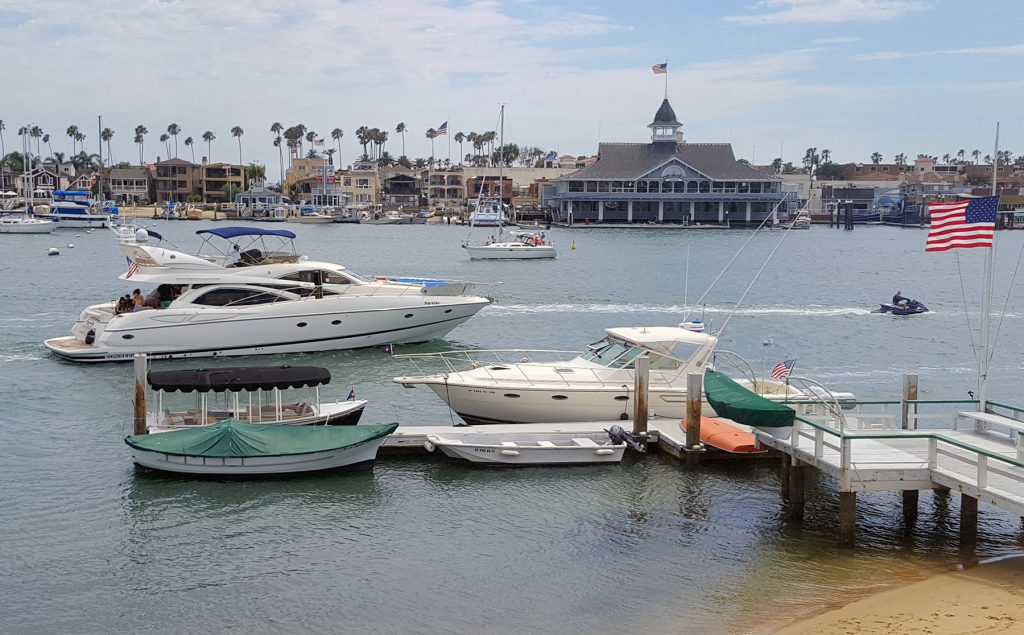
— Photo by Christopher Trela ©
Probably the liveliest discussion centered around houseboats, how to define them and how they differentiate from a liveaboard vessel.
Currently the code explains that “the term “houseboat” shall mean any vessel or structure on or in any waterway, floating or nonfloating, which is designed or fitted out as a place of habitation and is not principally used for transportation.”
Elsewhere, the code prohibits any houseboat activity in Newport Harbor.
“That’s why the definition is there, so that we can exclude them from the harbor later on,” Jacobs explained.
It’s not a good enough definition, one boater in the audience noted.
Most of the concern from the audience centered on if the language was restrictive enough to ban “Lake Powell style houseboats” in Newport Harbor.
“It only takes one and then others could follow, so all we’re trying to do is be careful,” said another.
If a live-aboard meets all the requirements and gets a permit, one resident said he was unsure if there is anything stopping them from getting a houseboat.
“How do you distinguish (between the two types)?” he asked. “We’re opening the door to allow (a live-aboard houseboat) with this definition.”
Most think of a houseboat as a pontoon boat with “everything, short of a fireplace,” he added.
They’ve spent a lot of time thinking about this issue, Kenney noted.
“We’ve struggled with this. How would you change it?” he asked. “We went round and round on this trying to come up with a solution.”
They would love to hear an idea for better language or phrasing for the definition, Kenney encouraged.
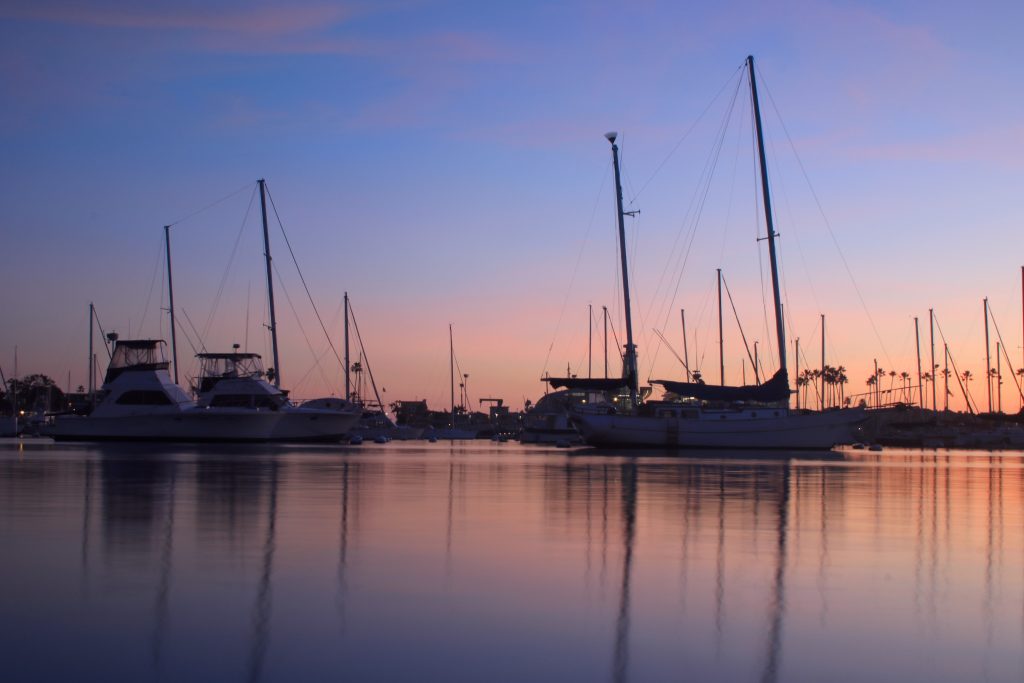
— Photo by Sara Hall ©
Although they have to be careful about the wording, Blank noted. He’s comfortable with the current definition, which has been working for many years.
“I think we’re treading on very thin ice here,” Blank said. “We’ve come up with a definition that allows the most activity and opportunity for those who want to boat on Newport Harbor to do so, and I think any further definition will cause us to be looked at with great scrutiny by organizations that are encouraging us to provide public access.”
A few ideas about re-wording the definition were suggested by the audience, including adding that if it is a non-ocean-going vessel or if it was designed for lake usage, it should be defined as a houseboat. But both those suggestions could cause other problems, others pointed out.
Requiring it to be ocean-going isn’t a condition for any other vessel on a mooring, live-aboard or not, Blank pointed out. Also, they can’t legislate aesthetics, he continued, even if others don’t think a vessel is “attractive” doesn’t mean it can’t be in Newport Harbor.
Making it more restrictive will likely cause the code to come under scrutiny they don’t want, he reiterated.
“We cannot exclude a section of (people) because their boats are ugly,” he said. “(Newport Harbor) is a pubic amenity, it belongs to the people.”
The distinction is already in the definition of houseboat, several noted, a houseboat is defined as a “a place of habitation and is not principally used for transportation,” whereas liveaboard vessels are used as both.
The group concluded to recommend to leave the definition as-is.
In another spirited conversation, boaters and commissioners considered the new language in the vessel length/width section, a topic discussed at length during the last meeting on April 8.
They tried to incorporate all of the comments and came up with two definitions, Kenney explained: Documented/registered vessel length and length overall. Width definition “includes all vessel attachments.”
Documented/registered is suggested as the length used to determine the required mooring size for a mooring permittee. LOA is suggested to be used to determine the maximum vessel length that can fit in any particular slip or side-tie.
The documented/registered length is the “most objective, not arguable, it is what it is,” Kenney said.
“We thought that for purposes of mooring permits, that’s what should be used,” Kenney noted.
Under mooring regulations, the always hot topic of sea lions was discussed.
This section of code covers how the city deals with “our favorite animal,” Jacobs joked.
There were some comments during the last meeting that some residents “did not appreciate us interfering with the sea lions [hauled out on their boats], which is fine, as long as the sea lions aren’t bothering anybody but you.”
If they are causing problems to harborfront residents or other boaters it becomes an issue, she noted.
The code already states that vessels that sea lions have boarded need to have appropriate deterrent measures in place.
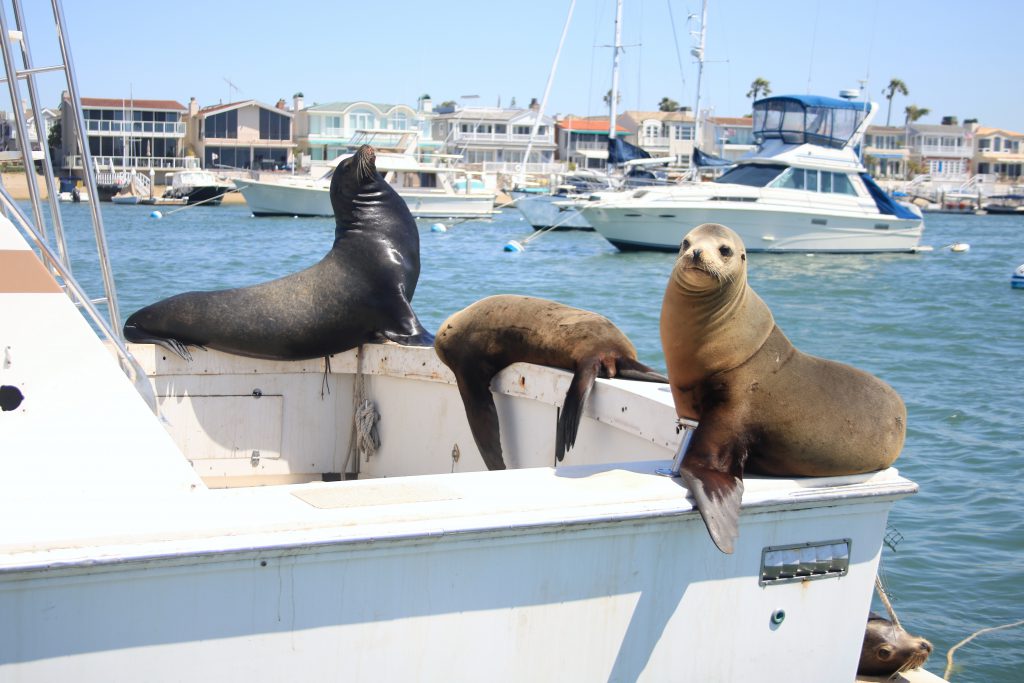
— Photo by Sara Hall ©
The committee proposed adding some language noting that “should the city be unable to reach the permittee, the Harbormaster shall have the authority to install temporary deterrent measures as needed and recover the city’s cost of the deterrents.”
The approach is that it’s the vessel owner’s responsibility to take care of their boat, she added.
The thought process is that there should already be an emergency contact number on file with the harbor department and if staff can’t get ahold of the mooring permittee, the city can take action.
“We have to have a process to take care of your problem for you,” Jacobs said, “and the general taxpayers of Newport Beach should not have to pay for that.”
The code currently explains that “the permittee shall take any and all necessary action to employ and maintain appropriate measures to deter sea lions from boarding the vessel within seven calendar days of the notice of violation.”
Most people are very responsive when they first contact them, this rule is going to address the few exceptions, Borsting noted.
“The intent for this was that when the clock runs out (seven days) and you haven’t responded, the city can take action,” Borsting said.
A few residents wanted clarification on what qualifies for “temporary deterrent measures,” spraying the sea lions with a hose shouldn’t cost anything, but actually installing SealStop or something similar would.
The charge would be the actual estimated cost, Jacobs explained. If, going forward, the city wants to establish a fee for this, the Harbor Department would have to recommend a process of steps and possible deterrents, like netting or buckets.
They have also asked the Newport Mooring Association to conduct a survey (which was distributed on Monday) and provide input, Kenney added.
The meeting also included discussions on the definition of fairway, vessel launching and operation, time limits on public docks, graywater, storage, the white sea bass pen, and more.
For more information, visit newportbeachca.gov/government/departments/harbor/harbor-commission/title-17-update, email title17review@newportbeachca.gov, or call the Harbor Department at (949) 270-8159.



